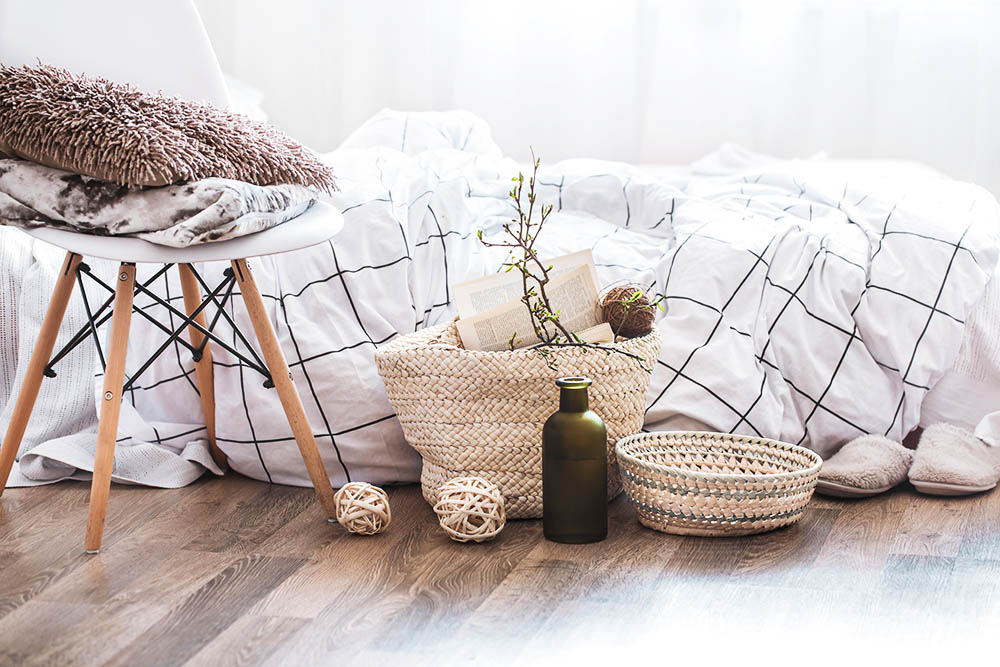The Importance of Decorating Your Child’s Room
As parents, we all want our children to grow up happy, healthy, and well-rounded individuals. We constantly strive to provide our children with the best possible education, nutrition, and living conditions, to ensure they have a good foundation for a fulfilling future. One area that’s often overlooked is the importance of decorating your child’s room. It’s not just an aesthetic choice, but a crucial factor in boosting their creativity, imagination, and overall development.
1. Encourages Creativity and Imagination
Children have limitless imaginations and decorating their room is an excellent way to encourage their creative side. By giving them the freedom to choose their own color schemes, artwork, and design elements, you’re allowing them to express their individuality and personality. This can have a significant impact on their self-esteem and provide a sense of ownership and pride in their space.
One way to fuel your child’s creativity is by decorating their room with items that are both aesthetically pleasing and functional. For instance, a chalkboard wall or magnetic board can serve as a canvas for your child to draw and scribble on, while also allowing for easier organisation and task planning.
2. Provides a Safe and Comfortable Space
Creating a safe, comfortable and nurturing environment for your child is one of the most important things you can do as a parent. Decorating their room can help achieve this goal in several ways. Choosing non-toxic paint and furniture, for example, is essential when it comes to ensuring their health and safety. Additionally, selecting comfortable bedding, soft lighting, and cozy seating can help create a relaxing space that your child is eager to spend time in.
An organized and tidy room fosters a sense of security for a child as it offers them control over their environment. Encourage your child to keep their room neat and tidy by ensuring there is adequate storage for their belongings, and helping them learn how to regularly tidy their space.
3. Encourages Learning and Development
Decorating your child’s room can serve as an opportunity to reinforce their learning and development. For example, using educational posters and books can help foster and reinforce early literacy and numeracy skills. Incorporating educational games and activities into the room’s design, such as a puzzle or coloring table, can promote cognitive development and problem-solving skills.
4. Fosters Independence and Responsibility
Decorating a child’s room is a collaborative process between the parent and the child. Having your child actively involved in the process allows them to exercise their decision-making skills, take responsibility for their space, and gain independence. This can lead to a greater sense of pride and ownership, while also contributing to their overall character building.
Parents can also use room decor to help teach a child responsibility. Encourage your child to participate in the upkeep of their room by involving them in age-appropriate cleaning and decorating tasks. Simple activities like choosing their favorite bedtime story to display on their bookshelf or selecting a favorite painting can make them feel involved and responsible for their space.
5. Boosts Mental and Emotional Well-Being
A thoughtfully decorated room can have a significant impact on a child’s mental and emotional well-being. By incorporating a child’s interests and hobbies into the decor choices, you’re creating a personalized and supportive environment. Research has shown that children thrive in spaces that cater to their unique personalities and interests. This can help promote happiness, relaxation, and positive behaviors.
Consider involving your child in the design process and selecting pieces that cater to their emotional needs. This could be something as simple as including their favorite stuffed animal on display or choosing artwork that has a calming effect. Encourage open communication with your child to ensure their room feels like a secure and inviting space for them.
Conclusion
Decorating a child’s room can be an incredibly fulfilling experience for both the parent and the child. Beyond the aesthetic value, a well-designed room can foster creativity, imagination, learning, independence, responsibility, and emotional well-being. Take the time to involve your child in the process and create a space that reflects their unique personality and interests. Whether it’s a superhero-themed bedroom or a garden-inspired playroom, a personalized and nurturing room can create a lasting positive impact on your child’s development.
